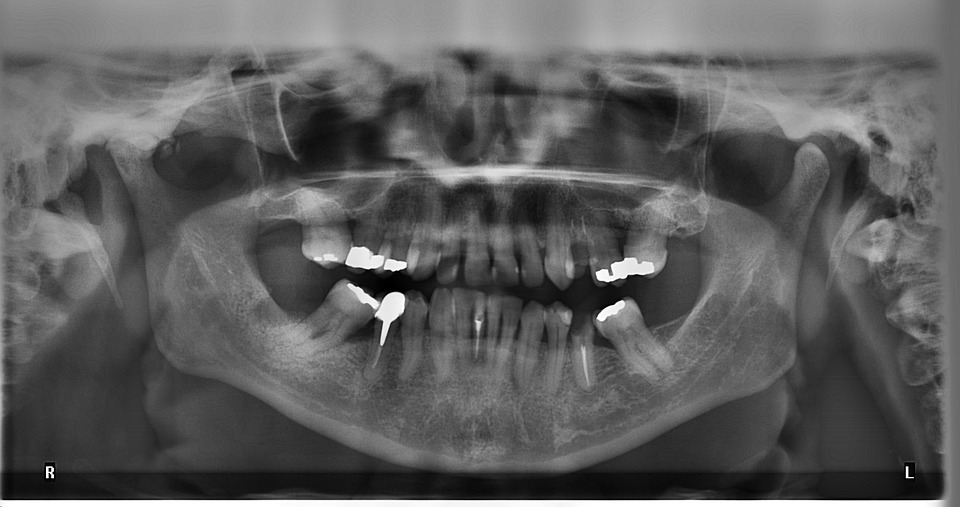
Dental X Rays: Getting A Better Look At What Lies Under The Surface
A visual examination gives your dentist an overall picture of what’s going on with your teeth. But there may be a lot going on under the surface and between the teeth that’s not visible to the naked eye. The fact is, tooth decay often remains hidden and undetected in the early stages. If left untreated, it gets progressively worse, requiring extensive corrective treatment.
Dental X rays allow your dentist to get a better look at what’s going on in those hard-to-see places. They are an important diagnostic tool that help your dentist study the condition of your teeth and roots, and identify issues such as tooth decay, gum infection or bone loss in the early stages. This early identification of potential problem areas makes it easier to treat the decay or infection before it progresses and becomes more serious.
What Do Dental X Rays Detect?
These are some of things that a dentist will look for in your dental X ray:
- Tiny areas of decay between the teeth that are not visible to the naked eye
- Decay under dental fillings
- Presence and severity of gum disease
- Problems with existing crowns, fillings, root canals, or bridges
- Extent of bone loss in case of periodontal disease
- Abscesses or other types of infection
- Position of the teeth to determine what type of dentures, braces or tooth implant may be placed
- Development of wisdom teeth and if they need to be extracted
- Traumatic injuries such as fractures of the bone or teeth
- The amount of bone required for dental implant
Your dentist will discuss preventive measures or treatment options with you, depending on what your dental X ray reveals. Getting a dental X ray done is one of the most effective ways to receive timely treatment and slow or stop further progression of dental decay.
Answers to 3 Most-Often Asked Questions About Dental X Rays
1. Are dental X Rays safe?
Yes, they are. Dental X rays are absolutely safe. The radiation levels that you are exposed too are very low. Dentists often provide extra protection in the form of a leaded apron that reduces your exposure even further. So why does the dentist step out of the room while the X Ray is being taken? That’s only because they take several X rays during the course of the day. Leaving the room limits their exposure to radiation.
2. What do I need to do to prepare for a dental X Ray?
Nothing. Dental X Rays require no special preparation. The only thing you’ll need to do is remove any jewellery or other metal objects before taking the X Ray.
3.How often do I get to get a dental X Ray?
There’s no fixed schedule that’s right for everyone. Your past and present oral health, age, findings during your dental check-up, early symptoms of dental decay and risk of oral disease are all factors that influence whether or not you need to get a dental X Ray. There are many different types of dental X Rays. Each type serves a different purpose. The type of X Ray taken will depend on what oral problems your dentist suspects.
